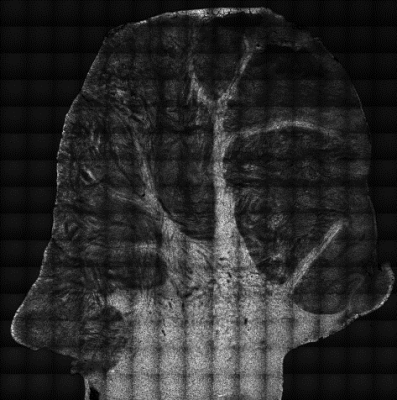Biomedical scientists foresee a technique representing the distribution of biomolecular constituents that form biological tissue, in high-resolution, 3-D maps.

This visualization tool is yet to be developed. Vibrational imaging techniques are more useful as fluorescence and refraction based techniques fail to detect an arbitrary molecular compound in tissue. This non-invasive technique will help detect several basic groups.
Raman microscopy is considered as a conventional vibrational imaging technique. However, it has been limited due to speed. The desired image acquisition rate will be retarded by intrinsically weak Raman signals. The coherent Raman scattering (CRS) microscopy techniques ensure increased speed. Eric O. Potma and University of California (Irvine) researchers investigate many methods, wherein the high speed of CRS microscopy has revolutionized the biomedical imaging field, thereby contributing to an innovative visualization technique.
The molecules in CRS are driven coherently giving rise to stronger signals allowing united radiation. The resulting signal will be coherently amplified to detect Raman response. These high signal levels ensure real-time Raman imaging of biological tissues.
High speed CRS imaging allows clear visualization of large tissue segments. It allows mapping of atherosclerotic plaques in aortas as well as neural injuries and myelination disorders in live spinal tissues.
While imaging living tissues, there will be movement of the tissue owing to breathing, pulsation of blood vessels, or positional adjustments. Imaging at video-rate provides image acquisition wherein minimal blurring while movement is represented in individual frames. Fast imaging ensures minimal photodamage in living tissues. CRS imaging has been deployed for in vivo analysis of human skin.
The rapid imaging modalities provide clear and quick view of dynamic biological processes.
Single frequency CARS and SRS have shown promising outcomes in the study of lipids and lipid metabolism in live cells and tissues. Integrating the speed qualities of single frequency scanning to the innovative spectral information of broadband Raman spectroscopy is a potential challenge.